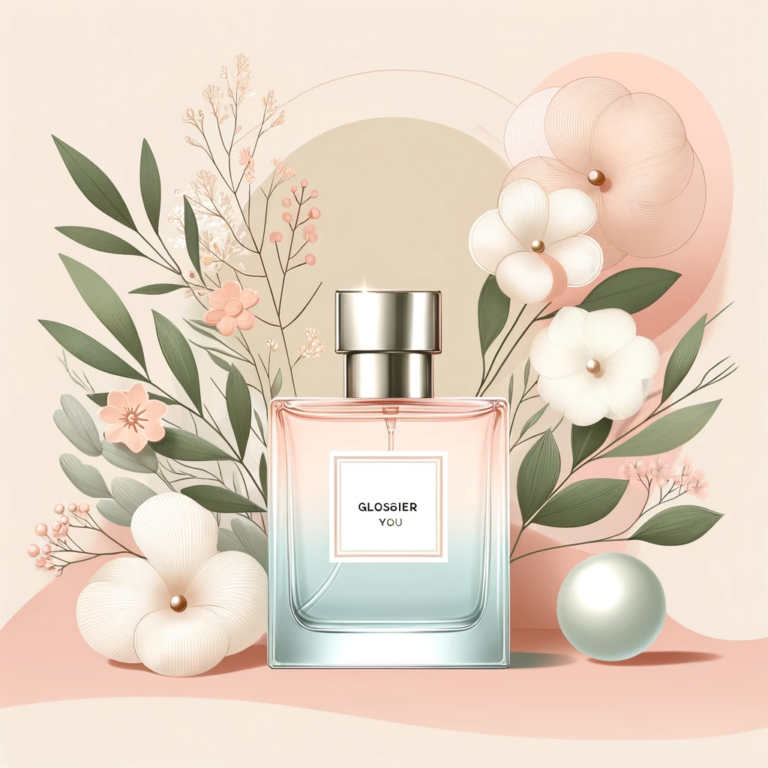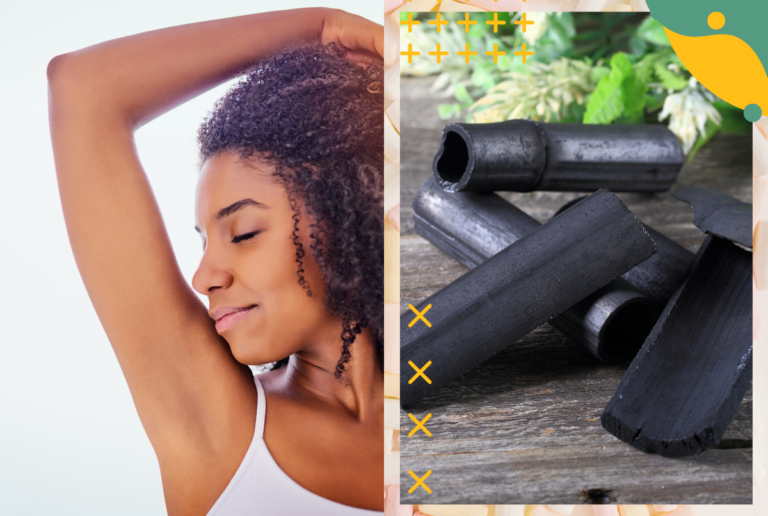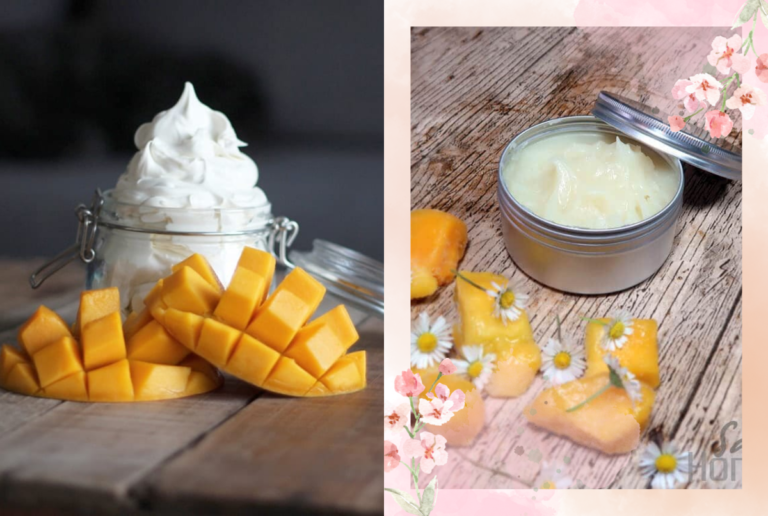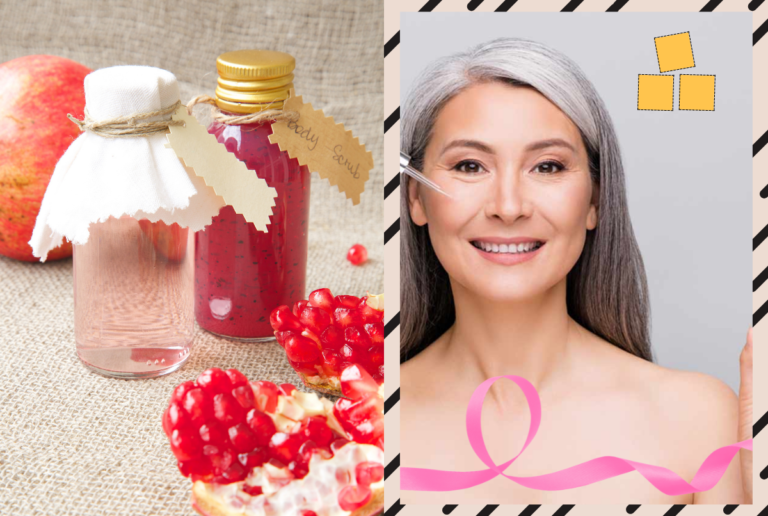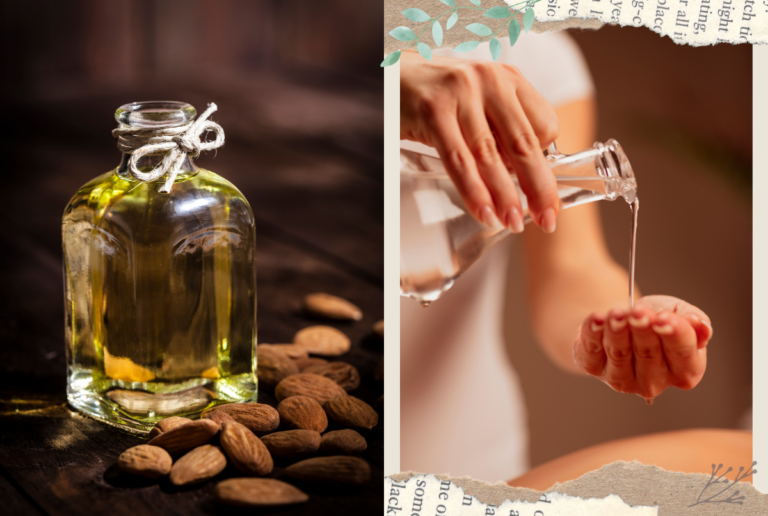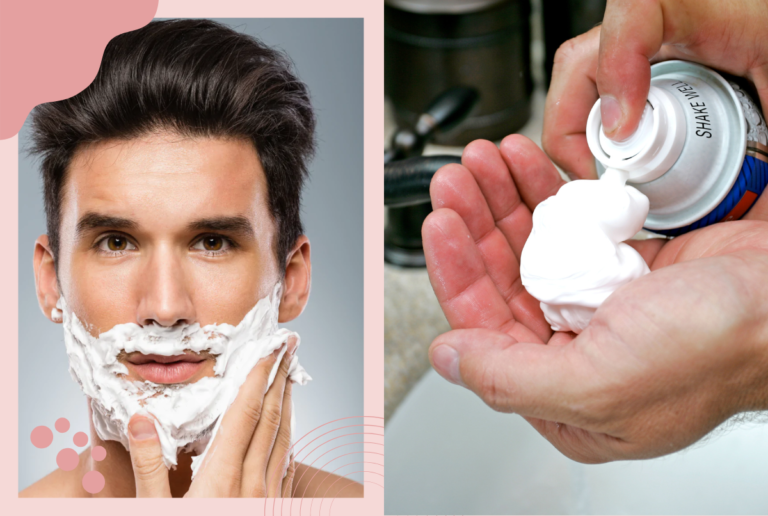Perfume Oil Recipes
Are you tired of the generic perfumes sold in supermarkets? If so, then be assured that you aren’t the only one.
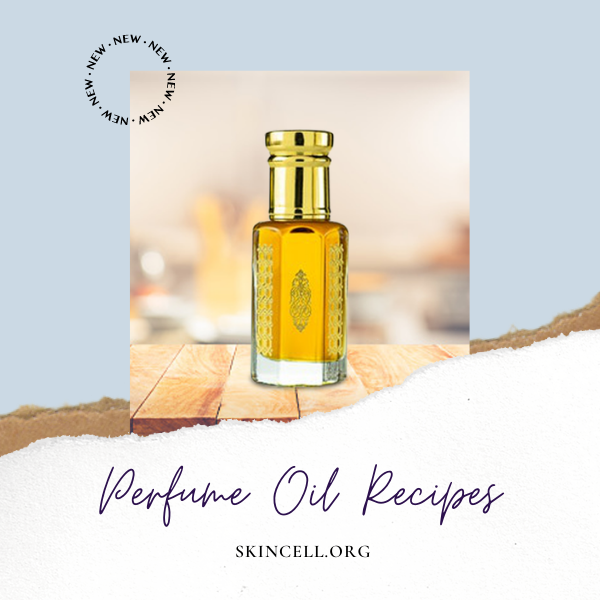
Perfumes[1] used to be personalized concoctions of scents that matched the users. But, with the advent of mass production, we tend to gravitate towards perfumes made by certain brands.
Even though these perfumes may smell good at first, it doesn’t take long to realize that the scent wasn’t created for you. On top of that, commercial perfumes are often laden with alcohol and additives that might not suit everyone.
Luckily, instead of purchasing a bottle of perfume, you can make your very own perfume blend with essential oils. These perfumes have a scent that matches your taste without being too overpowering.
And, to help you create your perfume essential oil blends, we thought of bringing forth some excellent perfume recipes.
How To Start With Making Perfume Oil?
We know it’s hard to wrap your head around the idea that making perfume with essential oils is easy. Hence, it’s best to start by learning more about what makes a perfume unique. And, for that, we will need to introduce you to the notes of a perfume.
Irrespective of how a particular perfume recipe is formulated, it usually has three notes – base, middle, and top. A well-structured perfume should have the perfect blend of all three notes to make the scent last longer.
A. Base Note
The base note can be described as the aroma that will linger with you most when using the perfume. An essential oil blend can have up to 45% of the base note, but we suggest you stick to 20% for making the perfume spray more subtle.
Base notes are also known as bottom notes or fixative notes since they are considered the foundation of a perfume. As essential oils tend to be extremely potent, you may be able to smell the base note throughout the day.
These are the typical base note essential oils:
- Balsam Peru
- Cassia
- Cedarwood
- Cinnamon
- Clove
- Frankincense
- Ginger
- Jasmine
- Myrrh
- Oakmoss
- Patchouli
- Rose
- Rosewood
- Sandalwood
- Valerian
- Vanilla
- Vetiver
- Ylang-ylang
B. Middle Note
Your blend can have 50-60% of the base or body note for essential oil perfume making. Typically, warm and comforting scents are used as middle notes to make a perfume fuller, but it may take a while before you can actually smell this note.
These are the typical middle note essential oils:
- Bay
- Black pepper
- Cardamom
- Roman chamomile
- Cypress
- Fennel
- Geranium
- Ho Leaf
- Ho Wood
- Hyssop
- Juniper
- Lavender
- Marjoram
- Melissa
- Myrtle
- Nutmeg
- Palma Rosa
- Pine
- Rosemary
- Spikenard
- Spruce
- Yarrow
C. Top Note
Have you ever experienced a blast of scent on spraying a perfume? If yes, it was most likely the top note of that particular perfume, comprising 20-30% of the total perfume blend.
The essential oils used as top notes often have a light, fresh, and uplifting scent. That said, they won’t last for long but would fade to let the deeper middle notes take their place.
These are the typical top note essential oils:
- Basil
- Bergamot
- Cajuput
- Cinnamon
- Clary sage
- Coriander
- Eucalyptus
- Grapefruit
- Hyssop
- Lemon
- Lemongrass
- Lime
- Mandarin/tangerine
- Neroli
- Verbena
- Niaouli
- Orange
- Peppermint
- Petitgrain
- Ravensara
- Spearmint
- Tagetes
- Tea tree
- Thyme
Essential Oil Scent Categories
As you may know, essential oils[2] are extracts derived from plants. This tends to make them quite potent, and while building an essential oil perfume, you don’t want the scents to overpower each other.
That’s why a popular way of categorizing essential oils is through their scents. Do note that this is a broad classification and is in no way the ultimate one as the sense of smell varies.
1. Camphoraceous
Essential oils in this category have a strong aromatic smell similar to camphor[3] with a deep medicinal quality. You can easily use the camphoraceous essential oils with citrus, woodsy, herbaceous, and earthy scents.
The popular essential oils in this category are eucalyptus, frankincense, hyssop, marjoram, sage, rosemary, and camphor.
2. Floral
By far, floral would be the most known and easily available scents as they are commonly used in perfumes. Floral essential oils complement woodsy, spicy, citrus scents, and you can even use several florals together.
The familiar scents are clary sage, jasmine, ylang-ylang, rose, chamomile, lavender, and geranium.
3. Mint
You can sense a minty essential oil through its cooling properties, but these essential oils also tend to be intensely aromatic. Naturally, they complement the citrus, woodsy, herbaceous, and earthy scents, while some well-known essential oils of this category are peppermint, spearmint, wintergreen, and pennyroyal.
4. Musky
The scents in this category have a very similar feel to the substance once derived from musk deer. Moreover, the robust and earthy smell of these essential oils blend well with woodsy and minty scents making a fairly strong blend.
Some of the best musk-like essential oils include myrrh, citronella, and patchouli.
5. Spicy
Have you ever wanted to recreate the magic of Old Spice aftershave? If so, you might like the scents in this category that are beautifully aromatic and hit just the right notes. It can also give your essential oil perfume a more eastern feel, especially when blended with floral or citrus scents.
Well-known essential oils in this category are anise, clove, nutmeg, ginger, basil, cinnamon, oregano, black pepper, and cardamom.
6. Earthy
This category is pretty self-explanatory as these essential oils have a smell that reminds you of wet dirt, soil, and forest floors. You can blend them with woodsy and minty scents to create a refreshing concoction that can be soothing, particularly on summer days.
Oakmoss and vetiver are easily the best earthy smells to use in an essential oil perfume.
7. Woodsy
This category contains essential oils that remind you of taking a walk in a deep forest. Plus, the wooden quality of these scents turns any perfume into a rich and deep experience.
Our picks for the best woody essential oils would be pine, spruce, cedarwood, cypress, carrot seed, and fir.
8. Herbaceous
Even though the herby scent has a woody quality, it can be more on the pungent side. These essential oils are usually extracted from common herbs used in the kitchen and complement the spicy, floral, woodsy, and citrus scents.
Common essential oils from this category are lavender, basil, geranium, clary sage, marjoram, rosemary, and peppermint.
9. Citrus
These fresh and vibrant smells can uplift your mood almost instantly. And to create energizing perfume oils, you can blend citrus smells with floral, exotic, woodsy, or minty scents.
Our favorite picks for this category are lemon, petitgrain, lemongrass, bergamot, lime, grapefruit, tangerine, and mandarin.
10. Exotic
It’s pretty hard to describe an exotic scent as they usually have pungent, sweet, and warm qualities. As you might have guessed, exotic essential oils work best with floral and citrus scents to create a cozy blend.
You can easily add an exotic quality to your essential oil blends by mixing clove, ginger, sandalwood, patchouli, and ylang-ylang scents.
11. Resinous
These deep buttery smells would remind you of visiting a church or a temple where resin-based incense is being burnt. The resinous smells can also easily complement floral and citrus scents by making them richer.
Vanilla[4] is a pretty well-known resinous essential oil scent, but other common ones include frankincense, Peru balsam, and myrrh.
DIY Essential Oil Perfume Recipe
Here’s the DIY essential oil perfume recipe that you have been waiting for this whole time. You can make many essential oil perfume blends with the same recipe by tweaking the scents.
Ingredients List
- 40-50 ml (three tablespoons) carrier oil, like fractionated coconut oil, jojoba oil, or almond oil
- 20 drops of essential oil blend (1 ml)
- 50 ml amber roll-on bottle
Preparation Method
Step 1
Add the drops of essential oil to your glass container and blend them well. Even though it isn’t necessary, you can keep this blend sitting in a cool, dry place for up to a week to let it fully develop.
Drops of essential oils for 50 ml perfume:
- Four drops base note
- Ten drops middle note
- Six drops top note
Drops of essential oils for 10 ml perfume:
- Two drops base note
- Five drops middle note
- Three drops top note
When you make essential oil perfume recipes, the number of drops can be slightly changed based on the potency of a particular scent to create a personalized blend.
Step 2
Carefully pour the carrier oil into the glass container right to its top before securing the roll-on cap and lid. Then, you can shake the container lightly to blend the oils.
We recommend letting this perfume oil sit in a cool, dry place for a week or even a month to get the best results.
Essential Oil Blend Recipes
To make essential oil perfume, you need an excellent scent blend. We do recommend experimenting with essential oils to create your own blends but, for now, you can use these recipes as a starting point.
Ingredients List:
1. Spicy With Floral
- Ten drops lavender
- Three drops clove
- Two drops nutmeg
- Three drops vanilla
- Two drops ylang-ylang
2. Refreshing Floral
- Ten drops rose
- Three drops cypress
- Two drops cedarwood
- Five drops bergamot
3. Spicy Mix
- Ten drops black pepper
- Five drops coriander
- Five drops sandalwood
4. Smell Like A Traveler
- Three drops sweet orange
- Five drops lime
- Three drops juniper berry
- Three drops cinnamon
- Four drops frankincense
5. Goodness Of Citrus
- Three drops lemon
- Five drops rosemary
- Five drops cypress
- Two drops sweet orange
- Five drops vetiver
6. Tropical Blend
- Ten drops lavender
- Five drops sweet orange
- Five drops ylang-ylang
7. Woody Goodness
- Ten drops fir or pine
- Five drops mandarin or sweet orange
- Five drops frankincense
8. Blast Of Energy
- Ten drops grapefruit
- Eight drops ylang-ylang
- Two drops vetiver
9. The Manly Blend
- Six drops bergamot
- Six drops patchouli
- Three drops bay laurel
- Three drops vetiver
- One drop ginger
- One drop neroli
10. Calming Mix
- Ten drops lavender
- Four drops clary sage
- Six drops vanilla
Preparation Method:
The basic recipe is the same, but you can use any of the above essential oil blends as per your needs. So, pour the specified drops of essential oil into a glass container and blend it well. Then, let it sit for a few hours or up to a week before using it to make the perfume oil.
Shopping For Supplies
A. Essential Oils
Most of the recipes we mention include essential oils that are easily available on the market. It’s best to buy potent organic therapeutic-grade essential oils that are safe to apply on the skin.
Moreover, at the start of making the perfume oil, we recommend not having more than three essential oils. So, choose the top, middle and base notes carefully based on complimentary smells.
B. Carrier Oil
As we have mentioned, the best carrier oils[5] for making essential oil perfumes are fractionated coconut oil, jojoba oil, and almond oil. Most importantly, these oils lack any distinct smell.
C. Container Or Bottle
The roll-on amber glass bottle is the most convenient way of applying the perfume to your pulse points. But, if you’re making big batches, try to pour the perfume into a dark glass container.
Final Words
That’s everything we had to tell you about how to make a perfume using essential oil. At first, formulating your own essential oil blend may seem a bit challenging, but believe us, it’s going to be a lot of fun.
After you have made the perfumes, store them in a cool dark place to prevent sunlight from reacting with the essential oils. And, always do patch tests after making one of the recipes to ensure it’s safe for your skin.
With that it’s a wrap, see you next time!
Resources Used:
[1] https://www.ncbi.nlm.nih.gov/books/NBK92802/
[2] https://www.niehs.nih.gov/health/topics/agents/essential-oils/index.cfm
[3] https://www.ncbi.nlm.nih.gov/pmc/articles/PMC6270224/

